Few partnerships have captured the American imagination quite like the bond between cowboys and their horses. These majestic animals have transcended their role as simple modes of transportation to become legendary characters in their own right, often stealing scenes and winning hearts in classic Western films and folklore. From the dusty plains of the American frontier to the silver screen of Hollywood, horses have galloped their way into our cultural consciousness, becoming symbols of freedom, loyalty, and the untamed spirit of the West. These iconic equine companions have not only shaped our perception of frontier life but have become immortalized as heroes alongside their human counterparts, their names and exploits remembered long after the credits roll or the tale ends.
Trigger: Roy Rogers’ Golden Palomino
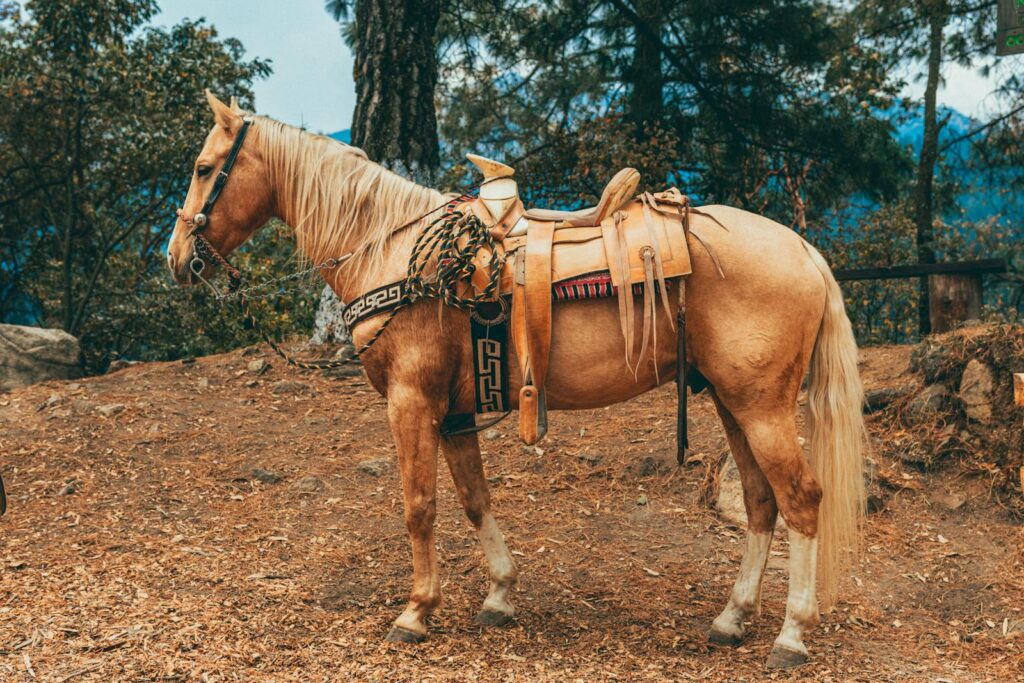
Perhaps no horse in Western entertainment history achieved greater fame than Trigger, the stunning golden palomino stallion belonging to “King of the Cowboys” Roy Rogers. Born in 1932 and originally named Golden Cloud, Trigger first caught Rogers’ eye during the filming of “Under Western Stars” in 1938, where his intelligence and temperament immediately impressed the cowboy star. Standing 15.3 hands high with a flowing flaxen mane and tail, Trigger’s beauty was matched only by his remarkable abilities—he could walk 50 feet on his hind legs, sit in a chair, and even sign his name with an X using a rubber stamp. Over a career spanning nearly 20 years, Trigger appeared in all 88 of Rogers’ movies and 100 television shows, becoming so beloved that after his death in 1965 at age 33, Rogers had him preserved through taxidermy, a testament to their extraordinary bond.
Silver: The Lone Ranger’s Magnificent Steed

When the masked vigilante known as the Lone Ranger called “Hi-yo, Silver! Away!” audiences knew they were about to witness justice being served in the American West. The magnificent white stallion named Silver became as iconic as his mysterious rider, first appearing in the popular radio series before galloping onto television screens in the 1950s. According to the legend, the Lone Ranger rescued the wild white horse from an enraged buffalo and nursed him back to health, beginning their legendary partnership. Several horses actually played Silver throughout the television series, but the most recognized was a Thoroughbred/Albino Arabian mix named White Cloud. Silver’s striking appearance—pure white coat gleaming in the desert sun—made him instantly recognizable to generations of Western fans, cementing his status as one of the most famous horses in entertainment history.
Buttermilk: Dale Evans’ Trusty Quarter Horse

While Roy Rogers rode Trigger, his wife and co-star Dale Evans was often seen atop Buttermilk, her faithful buckskin Quarter Horse. Buttermilk was known for his gentle temperament and reliability, making him the perfect match for “Queen of the West” Dale Evans throughout their television and film careers. Standing around 14.3 hands high, Buttermilk was smaller than many of his famous equine contemporaries, but what he lacked in size he made up for in steadiness and camera presence. The horse was originally named “Taffy” when purchased from a friend of the Rogers family but was renamed after Dale commented that his coat reminded her of buttermilk pancakes. Buttermilk and Dale Evans worked together for nearly 20 years, creating one of the most enduring human-equine partnerships in Western entertainment history.
Topper: Hopalong Cassidy’s White Charger
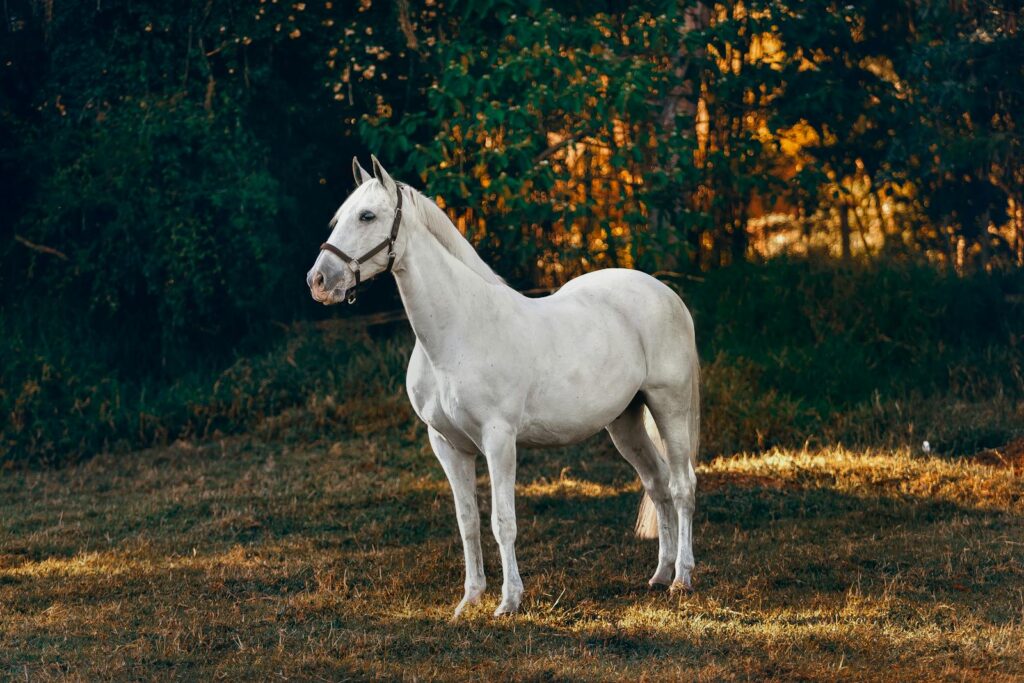
William Boyd transformed the character of Hopalong Cassidy from a rough-talking cowhand in Clarence E. Mulford’s stories to a refined, black-clad hero who never drank, smoked, or uttered a profanity—and his pure white steed Topper perfectly complemented this squeaky-clean image. Unlike many Western heroes who rode flashy Palominos or Appaloosas, Hopalong’s choice of a white horse represented purity and moral clarity in a sometimes morally ambiguous frontier. Topper was actually portrayed by several different horses throughout Boyd’s career, but each was trained to perform impressive stunts, including rearing on command and responding to subtle cues from his rider. The horse became so associated with the character that Boyd once remarked, “Hoppy without Topper would be like ham without eggs,” acknowledging how integral the white stallion was to the character’s identity.
Buck: The Faithful Companion of Ben Cartwright
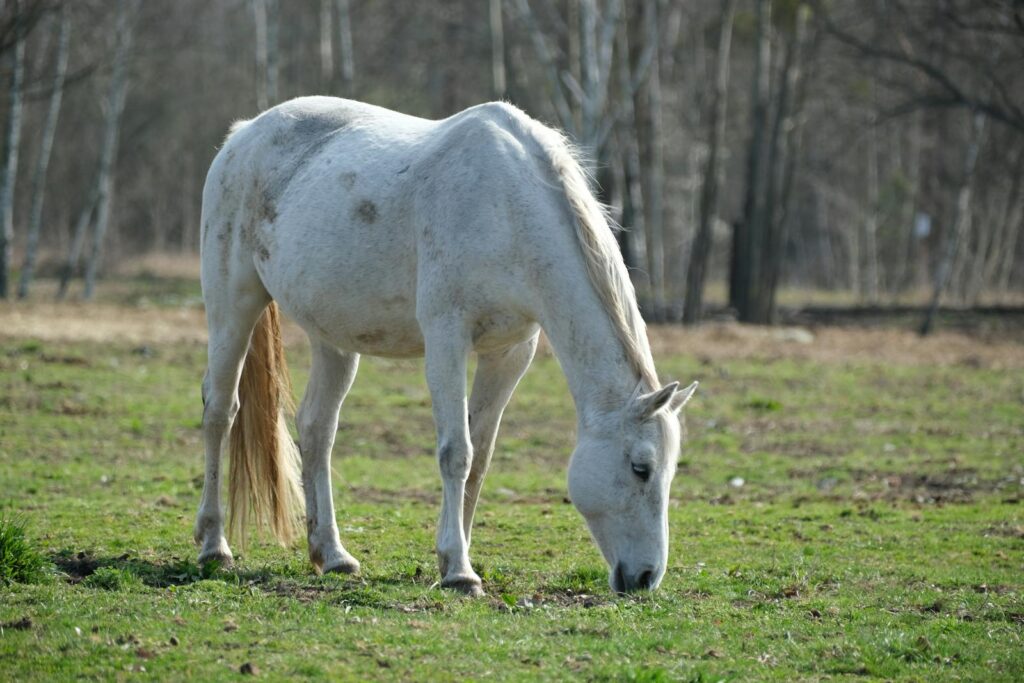
The patriarch of television’s longest-running Western series “Bonanza,” Ben Cartwright (played by Lorne Greene) relied on his buckskin gelding named Buck throughout the show’s impressive 14-season run. Buck’s warm golden coat with black points made him instantly recognizable to viewers who tuned in weekly to follow the Cartwright family’s adventures on the Ponderosa ranch. Unlike some showier Hollywood horses, Buck embodied the practical, hardworking nature of a true ranch horse—steady, reliable, and possessing the endurance needed for long days of work on the range. What made Buck particularly special was his longevity—the same horse portrayed Ben’s mount throughout most of the series, creating a genuine bond between actor and animal that translated beautifully to the screen. Greene himself became so attached to Buck that he often advocated for the horse’s proper care and treatment on set.
Tornado: Zorro’s Midnight Stallion
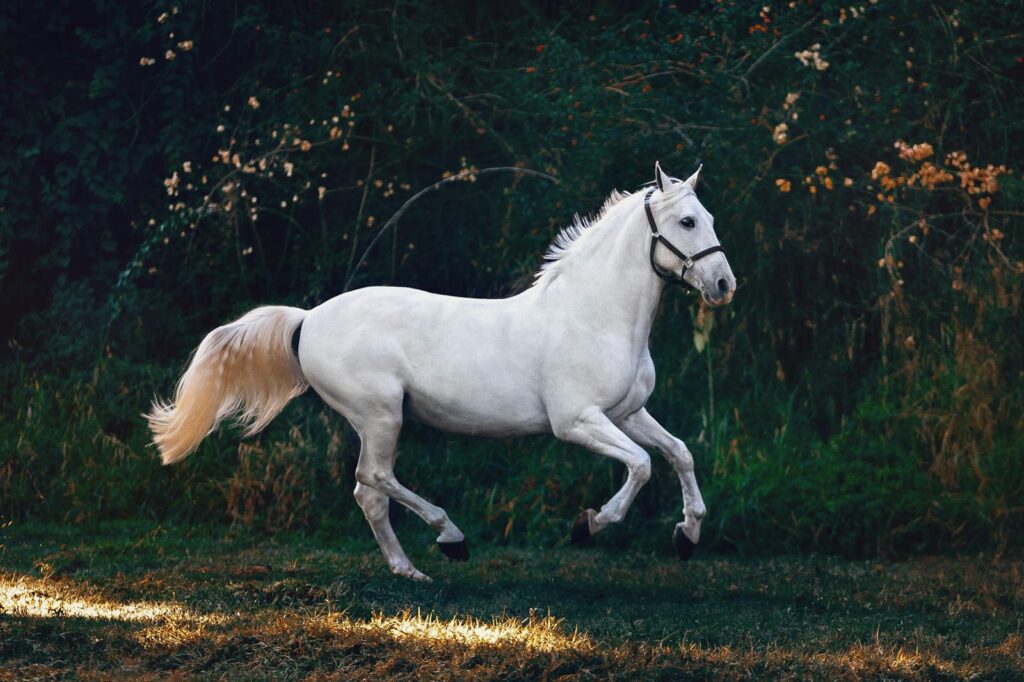
When the masked defender of the oppressed needed to make a quick getaway, he relied on Tornado, a powerful black Spanish Andalusian stallion who matched his master in both intelligence and courage. First appearing in Johnston McCulley’s original Zorro stories and later prominently featured in Disney’s popular 1950s television series, Tornado was described as being swift as the wind that gave him his name. In the TV production, Tornado was played by a horse named Diamond Decorator, who underwent special training to perform the precise movements required for Zorro’s dramatic escapes. The horse’s coal-black coat provided the perfect complement to Zorro’s dark attire, creating a striking silhouette that became one of the most recognizable images in Western entertainment. Legend has it that Tornado was so loyal that he would come only to Zorro’s distinctive whistle, ignoring all other attempts to capture or ride him.
Whiskey: The Magnificent Seven’s War Horse
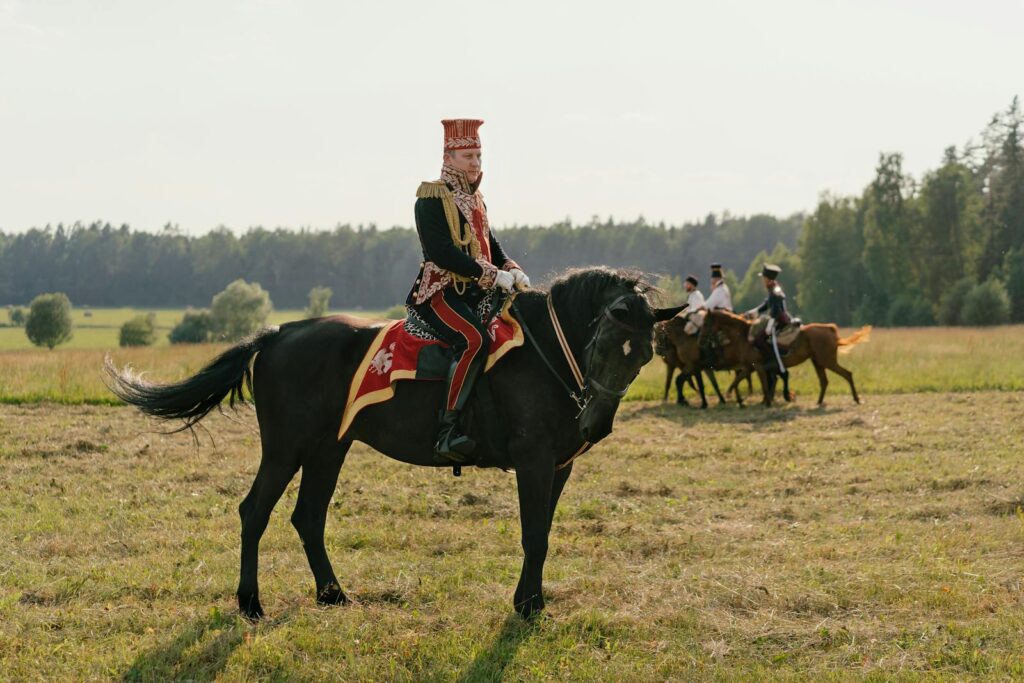
In John Sturges’ classic 1960 Western “The Magnificent Seven,” Chris Adams (played by Yul Brynner) rode a distinctive sorrel horse with a white blaze named Whiskey, whose powerful presence matched the gravitas of the gunfighter himself. What many viewers don’t realize is that this same horse would later achieve even greater fame under another name—Ole Sorrel—as the mount of Robert Horton in the television series “Wagon Train.” The horse’s striking coloration and stately bearing made him perfect for portraying mounts belonging to characters of authority and leadership. Whiskey/Ole Sorrel was known among wranglers for his intelligence and calm demeanor even during complex filming sequences involving gunfire and action. The horse’s ability to stand perfectly still while cameras rolled made him particularly valuable for close-up shots, where even the slightest movement could ruin a take.
Scout: Tonto’s Pinto Partner
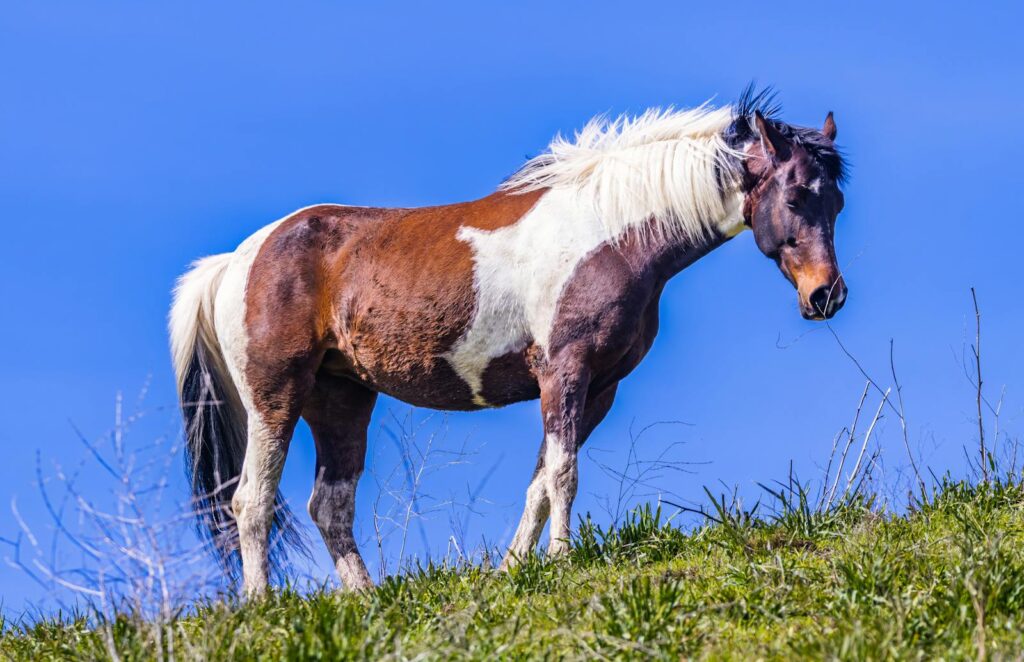
While the Lone Ranger rode the majestic Silver, his faithful companion Tonto was often seen astride Scout, a striking pinto horse whose distinctive black-and-white patterned coat made him immediately recognizable to viewers. In the original radio series, Scout was described as a paint horse, though the specific horses that portrayed him in television and film adaptations varied in their exact markings. The horse’s name reflected the tracking and scouting abilities of both the mount and his rider, as Tonto often served as the reconnaissance expert of the duo. Scout demonstrated remarkable steadiness during filming, remaining calm during action sequences and gunfire—a quality that made him invaluable on set. The horse’s distinctive appearance complemented Tonto’s character, with both horse and rider standing apart visually from the Lone Ranger and Silver while forming their own iconic partnership.
Pie: John Wayne’s Favorite Mount
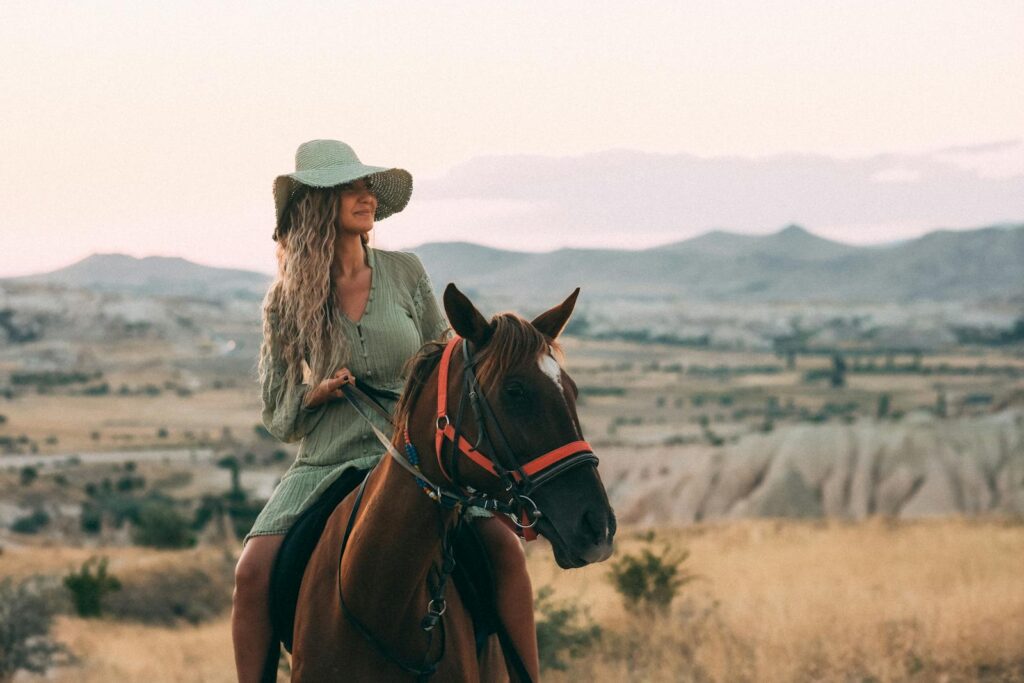
While John Wayne rode many horses throughout his extensive Western film career, none was more closely associated with “The Duke” than Pie, a sturdy American Quarter Horse with a distinctive brown-and-white pinto coloration. Wayne first encountered Pie during the filming of “Angel and the Badman” in 1947 and was so impressed with the horse’s intelligence and camera presence that he requested him for multiple subsequent films. Unlike many Hollywood horses trained specifically for film work, Pie began his career as a working ranch horse, which gave him an authentic way of moving that Wayne particularly appreciated. The actor developed such affection for Pie that he attempted to purchase him multiple times, but the horse’s owner, Forrest Johnson, refused to sell, though he continued to make Pie available for Wayne’s films. Their partnership lasted until Pie’s death in 1970, with the horse appearing in such classics as “She Wore a Yellow Ribbon” and “True Grit.”
Fritz: William S. Hart’s Pinto Partner
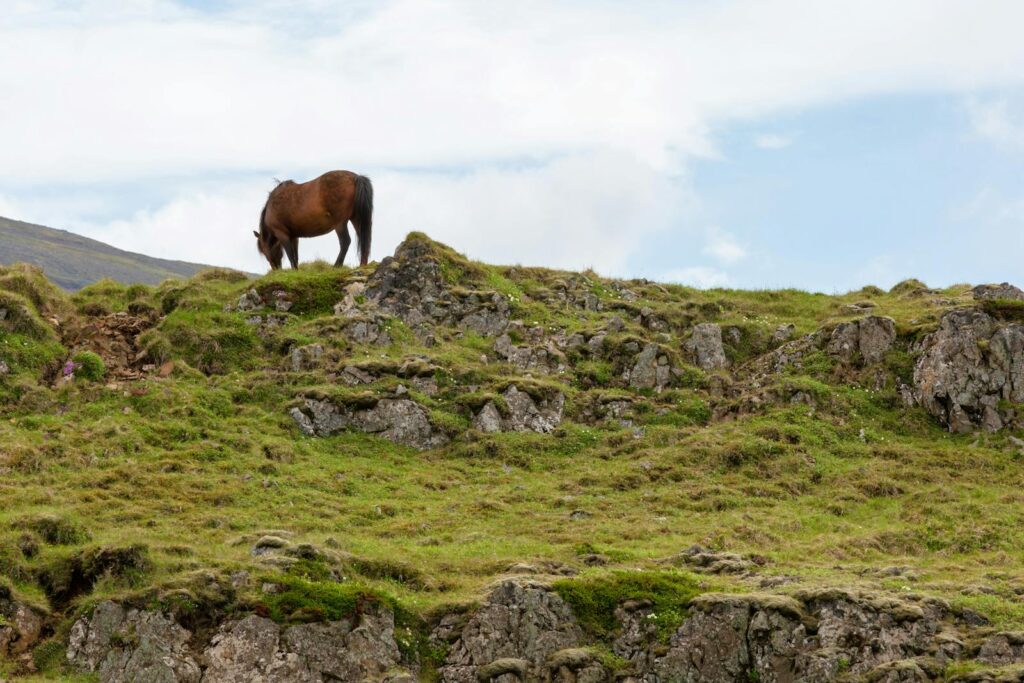
Before the era of singing cowboys and technicolor Westerns, silent film star William S. Hart created some of the first realistic portrayals of frontier life, riding his loyal pinto pony Fritz in numerous early Westerns. Unlike many actors who merely posed on their mounts, Hart was an accomplished horseman who performed his own riding stunts, developing a remarkable partnership with Fritz that allowed for dynamic action sequences rarely seen before in film. Fritz became known for his ability to fall on command—a difficult and potentially dangerous stunt—executing these falls with such skill that audiences were convinced the horse had been shot. Hart’s deep affection for Fritz was well-documented; when the horse died in 1920, the actor was devastated and gave him a formal funeral, complete with a granite headstone that still stands today at Hart’s former ranch in Newhall, California. Their pioneering work together established many of the horseback action sequences that would become staples of Western films for decades to come.
Cisco: The Cisco Kid’s Golden Mount
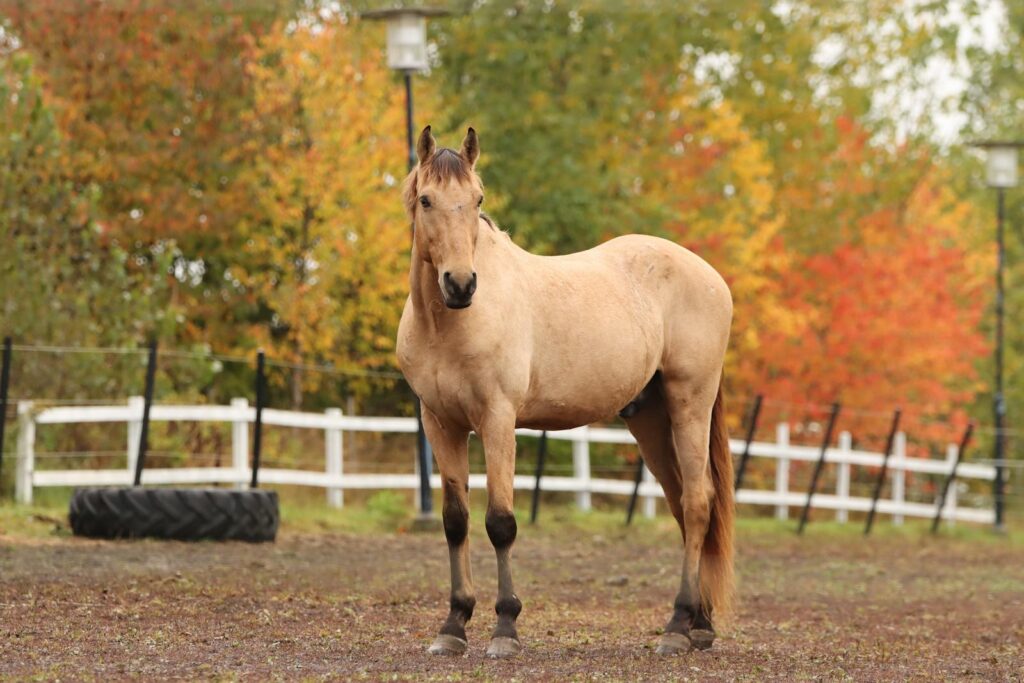
When Duncan Renaldo portrayed the charming Latino character known as the Cisco Kid in the popular 1950s television series, his golden palomino named Cisco became almost as beloved as the character himself. The horse’s gleaming coat and flowing white mane provided a perfect visual complement to Cisco Kid’s colorful costumes and dashing persona. Remarkably steady during filming, Cisco was known for his ability to hit precise marks on set and remain calm during scenes involving multiple riders and horses. The horse and rider had such chemistry that Renaldo often credited part of his character’s appeal to the bond viewers could see between him and his equine co-star. When the series ended after six successful seasons, Renaldo was allowed to keep Cisco as his personal horse, continuing their partnership away from the cameras until the actor’s retirement.
Phantom: The Mystery Horse of Mustang Valley
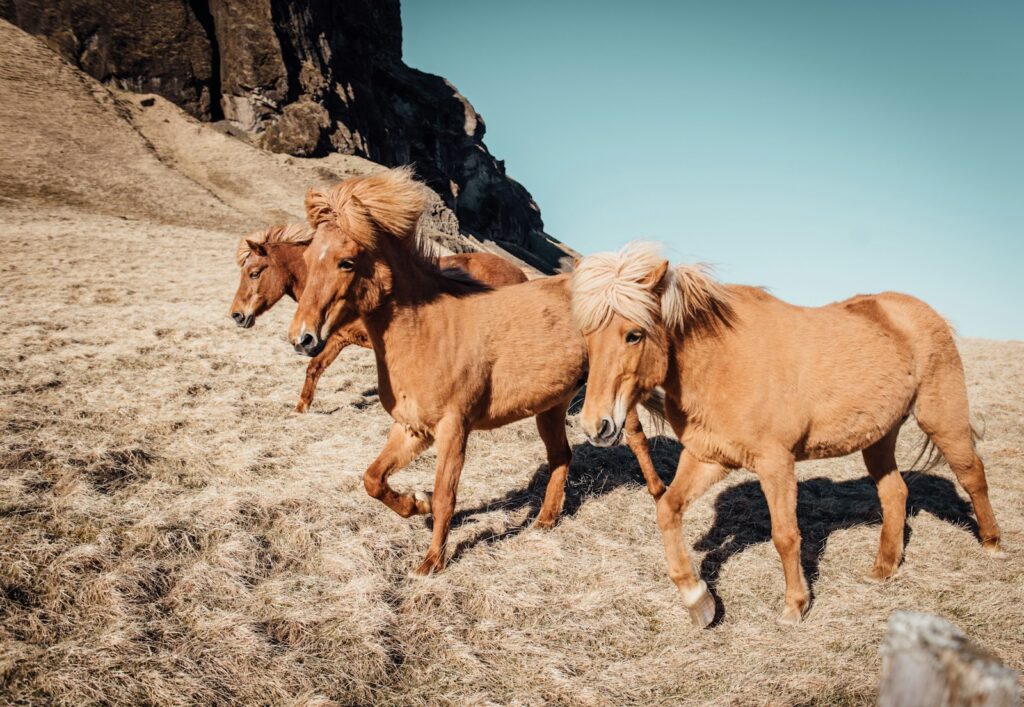
While not associated with a particular human star, the wild stallion known as “The Phantom” captivated audiences in numerous Western films and stories, representing the untamed spirit of the frontier itself. Most famously portrayed in the 1943 film “The Man from Music Mountain,” starring Roy Rogers, the Phantom was typically depicted as a magnificent white or palomino stallion who eluded capture by even the most skilled horsemen. These fictional horses were inspired by real wild stallions that became legendary on the frontier, like the Albino of the Great Plains who was said to have evaded capture for over 20 years. Film versions of the Phantom required horses with exceptional presence and natural athleticism, often selected for their ability to run at full gallop across rugged terrain while maintaining their striking appearance. The enduring appeal of the Phantom character demonstrates how horses in Westerns often symbolized freedom and the vanishing wilderness of the American West.
The Horses of Red Dead Redemption: Modern Icons

While not from classic Hollywood, the horses featured in the video game series Red Dead Redemption have introduced a new generation to the special bond between cowboys and their equine partners. The game’s developers at Rockstar Games meticulously researched historical horse breeds, movements, and behaviors to create stunningly realistic virtual horses that players form genuine attachments to throughout their digital adventures. Breeds like the Missouri Fox Trotter, Appaloosa, and the rare White Arabian in the games are historically accurate to the period, reflecting the diverse equine population of the American frontier. The emotional impact of these digital horses became evident when players worldwide shared stories of genuine grief when their virtual mounts were injured or killed during gameplay. These modern interpretations have renewed interest in Western horse culture among younger audiences, proving that the iconic image of the cowboy and his loyal horse continues to resonate in contemporary media.
The Cultural Legacy of Western Movie Horses

The horses that galloped through Western films and television shows have left hoofprints far beyond the entertainment industry, influencing everything from toy manufacturing to ranch tourism. Breyer horse models of Trigger, Silver, and other famous equine stars became cherished collectibles, while children’s playground equipment often featured spring-mounted horses named after these famous steeds. The popularity of these horses directly impacted actual horse breeding in America, with a surge in demand for palominos following Trigger’s fame and increased interest in Appaloosas after they were featured prominently in Western films. The Roy Rogers-Dale Evans Museum displayed the preserved Trigger and Buttermilk for decades, drawing thousands of visitors annually until its closure in 2009. Even today, ranch vacations often advertise trail rides on horses with names borrowed from Western film legends, demonstrating how these iconic animals continue to symbolize the romance and adventure of the American West in our collective imagination.
Conclusion

The legendary horses of Western folklore and film represent more than mere transportation for their cowboy companions—they embody the very spirit of the American frontier. Through their speed, intelligence, loyalty, and beauty, these iconic equine characters have carried not just their riders but our cultural fantasies of freedom and adventure across endless cinematic landscapes. From Trigger’s tricks to Silver’s strength, from Buttermilk’s steadiness to Phantom’s wild allure, these horses have galloped into history as true stars of Western entertainment. Their legacy continues to influence how we understand and imagine the historic partnership between humans and horses, ensuring that as long as Western stories are told, these magnificent animals will continue to race across screens and through our imagination, their hoofbeats echoing the heartbeat of American frontier mythology.







